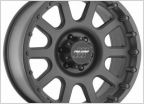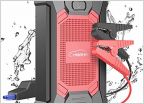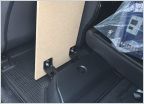-
Welcome to Tacoma World!
You are currently viewing as a guest! To get full-access, you need to register for a FREE account.
As a registered member, you’ll be able to:- Participate in all Tacoma discussion topics
- Communicate privately with other Tacoma owners from around the world
- Post your own photos in our Members Gallery
- Access all special features of the site
2019 Tacoma Alternator - Is It “Smart”
Discussion in '3rd Gen. Tacomas (2016-2023)' started by Verticon, Aug 15, 2019.
Page 1 of 2
Page 1 of 2


 Beds Same on Pre 16 to Now?
Beds Same on Pre 16 to Now? No 16’s?
No 16’s? Toyota Techs don't f**ck around!
Toyota Techs don't f**ck around! No start
No start Garage space. How can I use it better?
Garage space. How can I use it better? Back seats: folded down, seats removed, or seats out?
Back seats: folded down, seats removed, or seats out?
